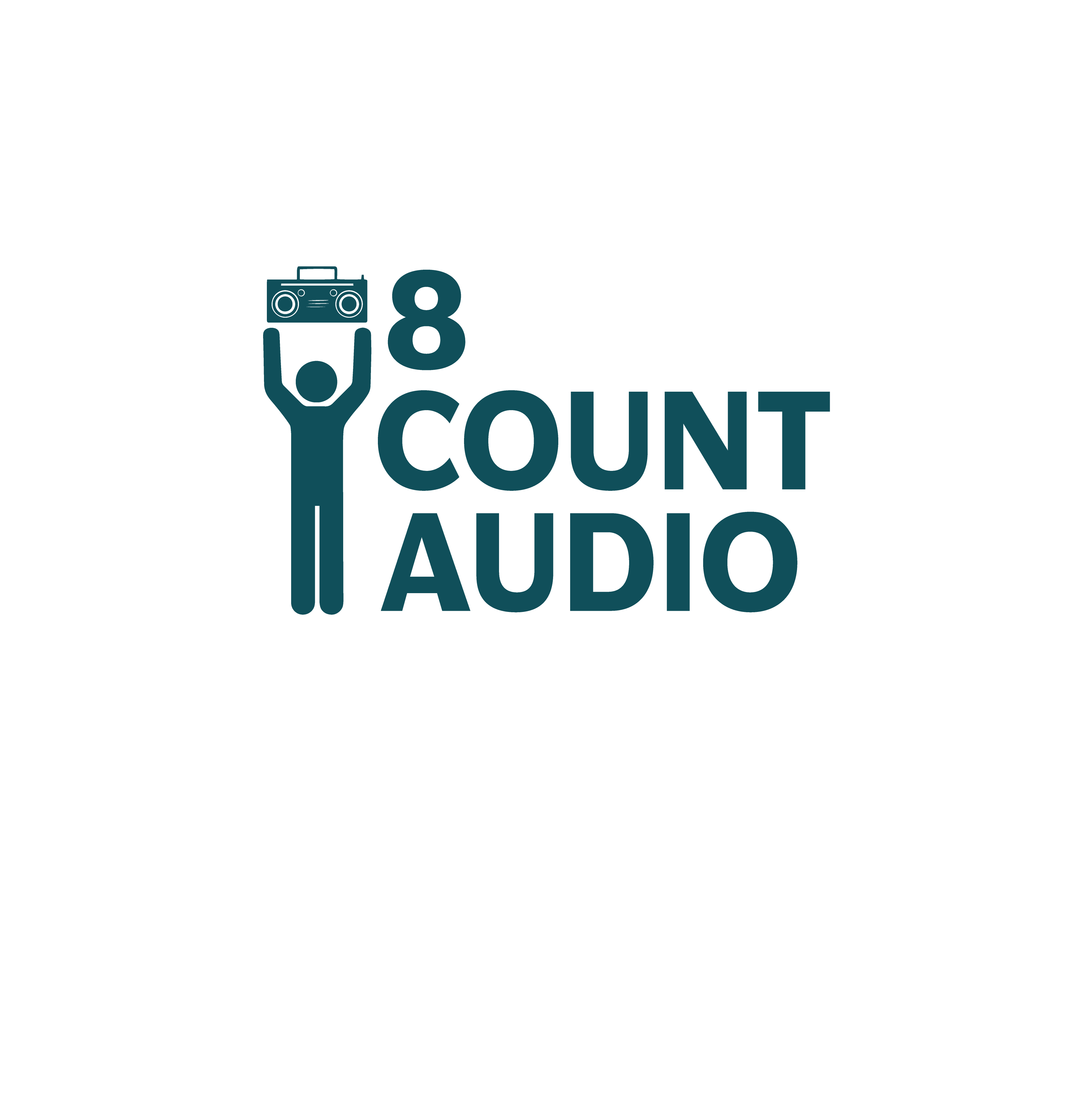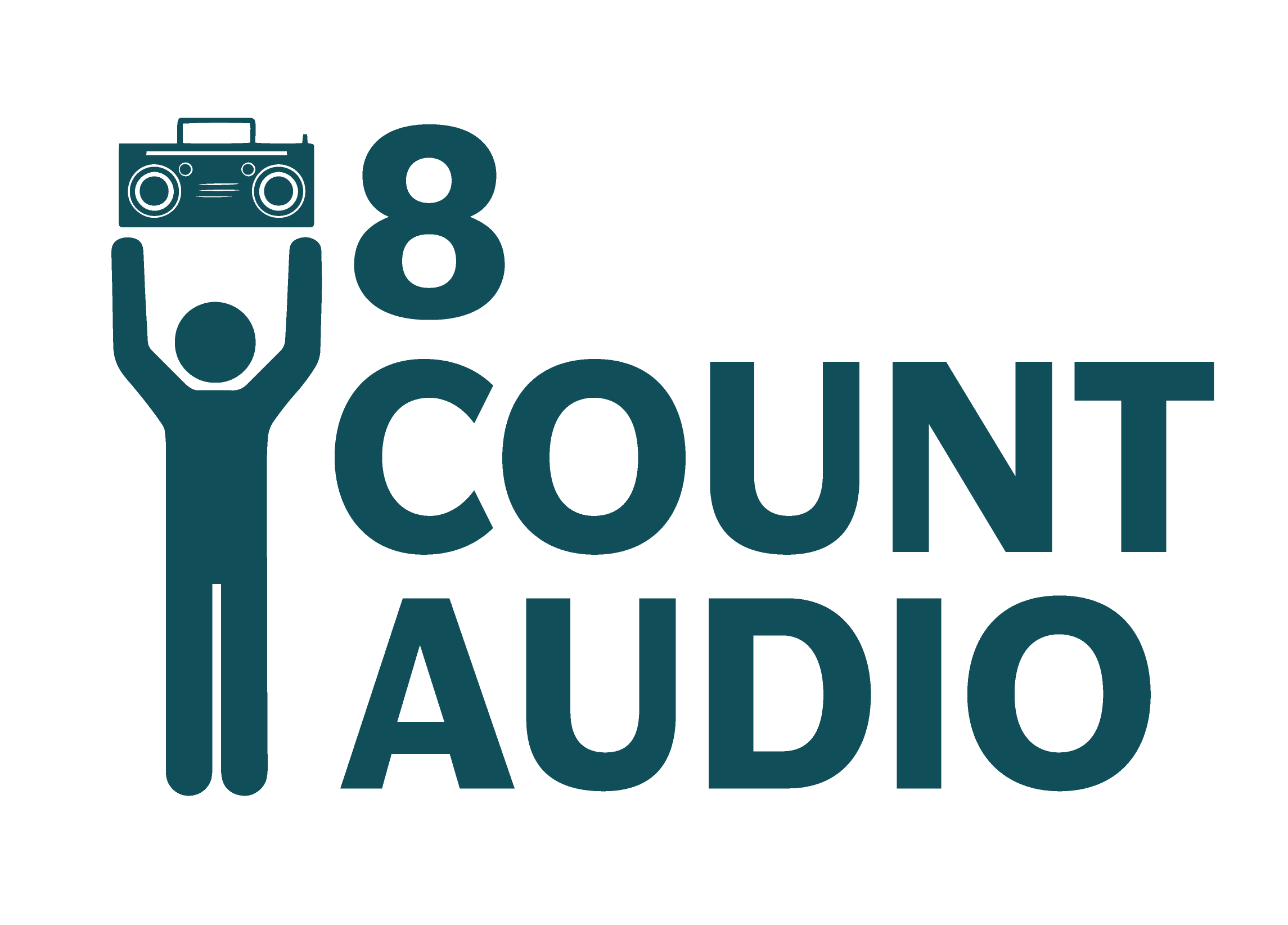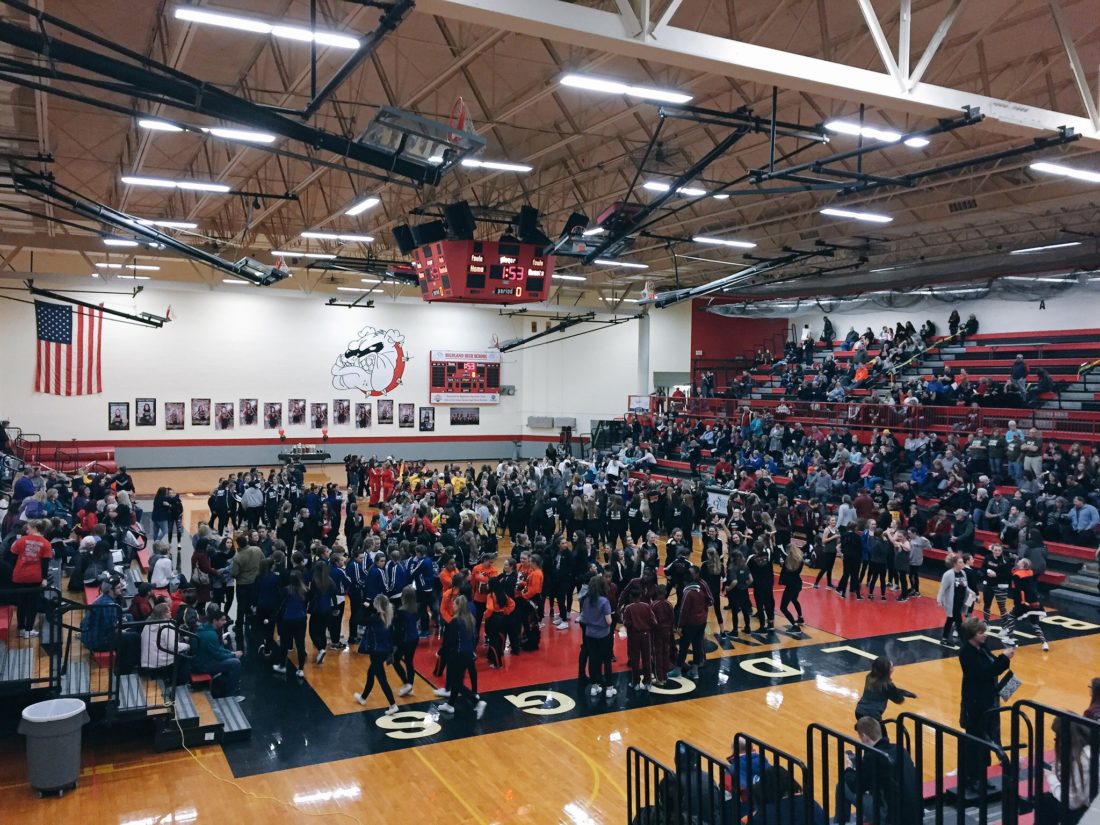An IDTA snapshot for non-IDTA dancers
Championships are at stake this weekend. Not familiar with IDTA or category competition? Here’s your cheat sheet.
by Norm Ramil / 8ca.team.leader & dance.fan
Dance season didn’t end when those huge IHSA trophies were hoisted a couple weekends ago.
A handful of Illinois teams brought routines to UDA’s “National Dance Team Competition” in Orlando, and other teams competed at Dance Team Union’s national championship. Both were on the weekend after IHSA state.
Also on that busy weekend of February 4th were three IDTA competitions around Illinois, the last chance for teams to qualify for this weekend’s IDTA Finals. Since a lot of Chicago-area teams are done competing for the season, it’s the perfect time to take a quick look at the IDTA experience.
Just a quick disclaimer: it’d take several posts to really cover IDTA and the history of how we got to the current state of dance in Illinois. Instead, I’ll try to briefly sketch what IDTA is through what I saw and experienced sitting in the bleachers last weekend at one of their competitions.
This isn’t as much a 5-star review of IDTA as it is a celebration of our state’s dance traditions and how they live on, even in this IHSA era. Given what we’ve got right now, I’ll raise a glass to IDTA and all the friends I’ve made down there! And just know that I’ll never get tired of waving the TDI (Team Dance Illinois) flag.
Anyways…if you’re on an IHSA-only team, this post is for you!
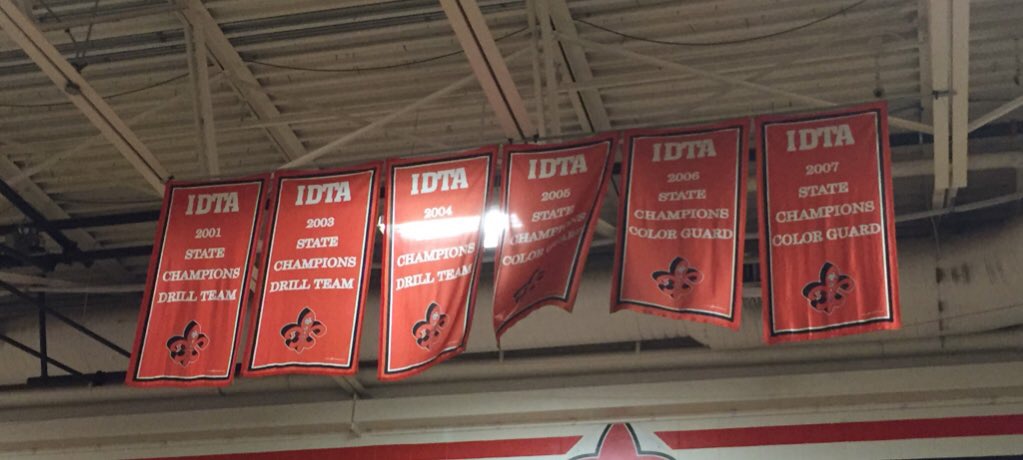 St. Charles East’s gym proudly shows multiple achievements by both their dance and flag programs in IDTA competition
St. Charles East’s gym proudly shows multiple achievements by both their dance and flag programs in IDTA competitionHey guys…real quick: What’s IDTA?
Its official name is the Illinois Drill Team Association. High schools around Illinois have had halftime-performing dance and pom teams for a super long time. By the late ’70s, these teams wanted to compete. IDTA was the organization that made it happen. Its first state finals was in 1980–which was 32 years before the Illinois High School Association made it an official sport with an IHSA state contest.
IDTA was the place for both pom and flag teams to compete in different categories, and it still is. Different categories come and go, but there’s always been a focus on those core categories that all dancers recognize: pom, jazz, lyrical, kick, and hip hop.
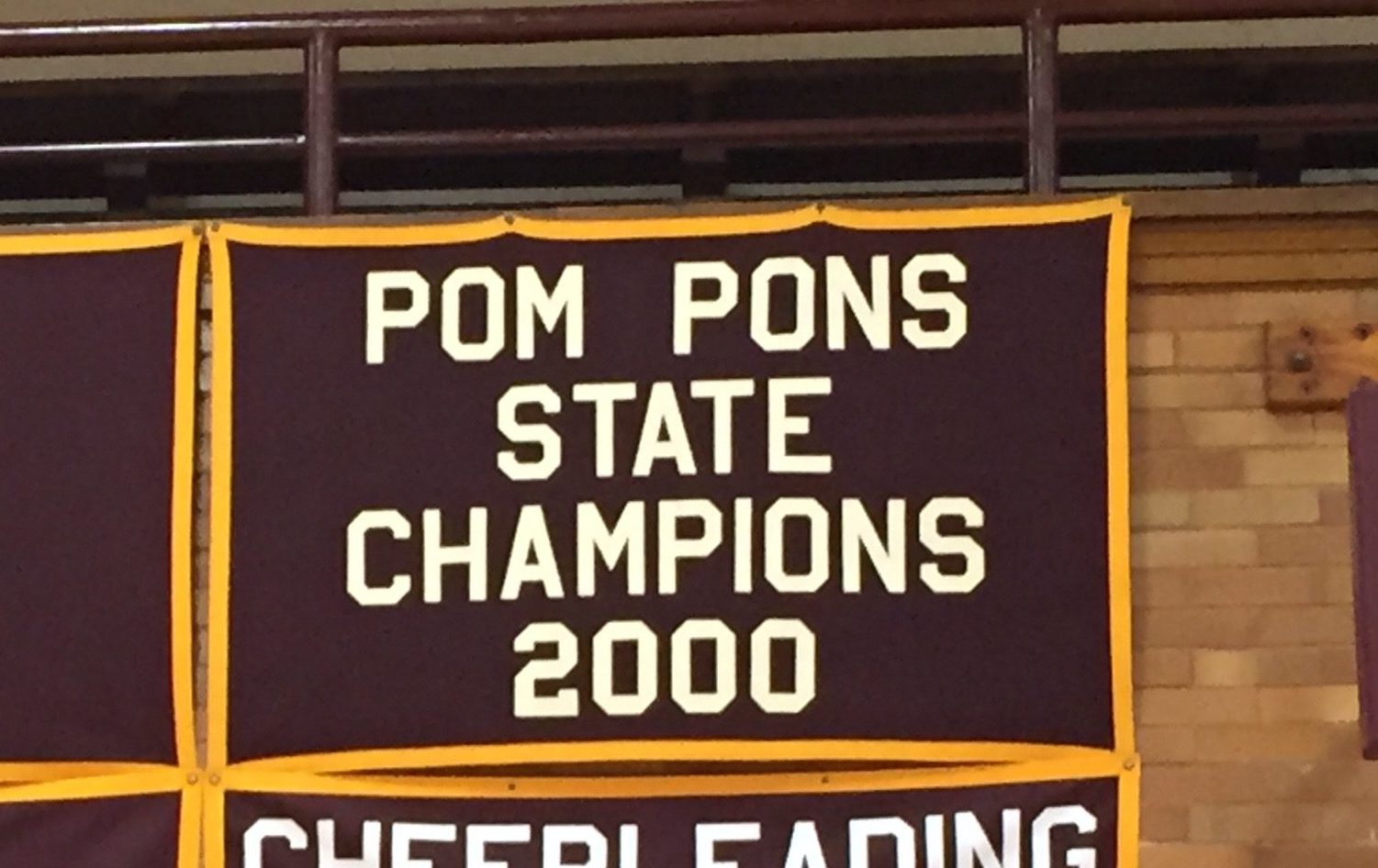 Lockport’s gym honors their dance team’s 2000 champioship. Back then, there wasn’t a reason to mention “IDTA” because that was literally THE championship (in this case, for the pom category)
Lockport’s gym honors their dance team’s 2000 champioship. Back then, there wasn’t a reason to mention “IDTA” because that was literally THE championship (in this case, for the pom category)8 Count Audio’s list of 8 quick notes about IDTA and competitive dance in Illinois:
1. Yes, it’s true: IDTA teams compete in different categories. Pom versus pom, etc. It’s the normal way of doing things, from the regular weekend comps right up through state.
2. And that’s why your gym’s wall might have banners honoring your dance team’s 2004 championship in hip hop. Some other gym in Illinois (or maybe the same gym, if your team was awesome at multiple styles of dance) has the 2004 championship in kick or pom or lyrical or “dance” (what we’d today call jazz).
3. And that banner might not even mention the letters “IDTA.” Up until the mid-2000s, when you heard of a poms or dance team talking about competing or winning, everyone knew you meant IDTA. There wasn’t another organization. Yeah, there are exceptions–a group called Halftime Illinois, and that other group called UDA. But for the most part, your team’s 1998 IDTA lyrical championship was seen as the state’s best…in that category.
4. The IDTA comp season runs from November through February (and it used to end in mid-March back in the day!). Teams qualify for state by hitting a minimum score at any competition. There used to be an extra step–the north or south supersectional, but I’ll save that for another post!
5. Team Dance Illinois (TDI) started in the ’06-’07 season as a response to the need for reforms in IDTA. They also had the category and qualifying-score system, and their state championships were in Peoria (and later, DeKalb in 2014 and ’15). Teams generally picked either TDI or IDTA to compete in…
6. …but teams in the Chicago area mostly moved to the new TDI. Teams in the “south” stuck with IDTA, for the most part.
7. IHSA made dance an official sport for the 2012-13 season. Dance teams everywhere in the state had to stick to just 6 comps, so it created an incentive to put all your effort into one organization. For a lot of Chicago area teams, athletic directors and principals made their dance teams compete in IHSA only. Teams in southern Illinois were somehow allowed to do both. Throughout the IHSA era (2012 until now), most southern Illinois comps are combined IHSA-IDTA events. In other words, at each comp, there’s literally an “IHSA category” with its own judges and rubrics. Yes, that’s weird. Yes, why don’t we do that up north?
8. How do teams see these different championships? Some teams see IHSA as the prestigious trophy. Some teams see IDTA as the more true representation of dance in Illinois. JV and junior high dance teams see IDTA as their only chance to compete for state titles. Or, you could be like a Highland and just win everything in sight.
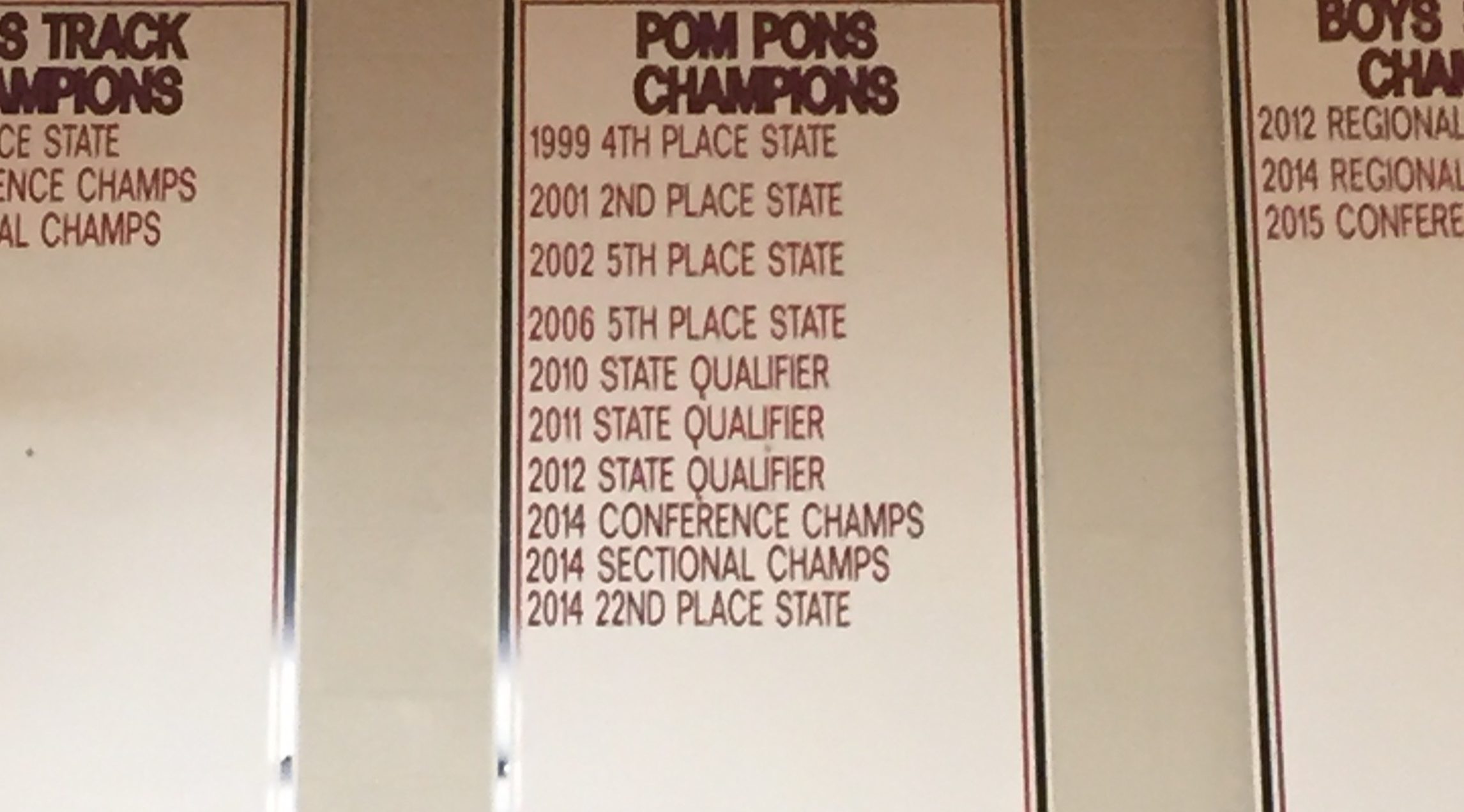 In the past two weeks, Huntley Dance Team had a ton of success in IHSA 3A and at UDA Nationals. Their gym banner also lists some IDTA achievements from long ago
In the past two weeks, Huntley Dance Team had a ton of success in IHSA 3A and at UDA Nationals. Their gym banner also lists some IDTA achievements from long agoWho’s dancing?
The three IDTA comps that come the weekend after IHSA state are interesting, kind of like how the Wednesday evening crowd at Culver’s changes when it’s a fundraiser night. It’s the “open” weekend between IHSA and IDTA state, the chance for IHSA teams who had to skip most of the IDTA season to qualify for IDTA state.
A lot of factors get juggled into the equation. Take Team X as an example. They compete in both IHSA and IDTA throughout December and January with the goal of going to both state competitions. Since they’ve split their schedule (IHSA limits the number of comps you can do), maybe they haven’t qualified for IDTA state yet. Here’s their last shot. Or, if they’ve already qualified, here’s their chance to get one more score sheet of feedback.
Then there’s Team Y. They see the IDTA state titles as the more meaningful, legit trophies. They might do one IHSA comp to prepare for IHSA sectionals, which they do as a matter of athletic obligation. A few teams have even stayed out of IHSA competition altogether.
Or, Team Z. They’ve saved a couple slots on their comp list for IDTA, but they’re mostly focused on IHSA sectionals and IHSA state. February 4th is their chance to take their comp routines and put them in front of category judging. If they receive a qualifying score, they go to IDTA state a week later where they hope their routines get more recognition.
I’ve gotta mention another variation of Team Z. Since IHSA doesn’t offer any JV state competition, February 4th is the time to keep their dance program’s season alive. JV dance doesn’t exist in the eyes of IHSA, so they can compete as much as they want. So while Varsity’s done either because they’ve run out of competitions or because their administration has an IHSA-only rule, High School “Z” can still send their JV dancers to a state comp. It’s IDTA’s state comp. And it’s category-judged.
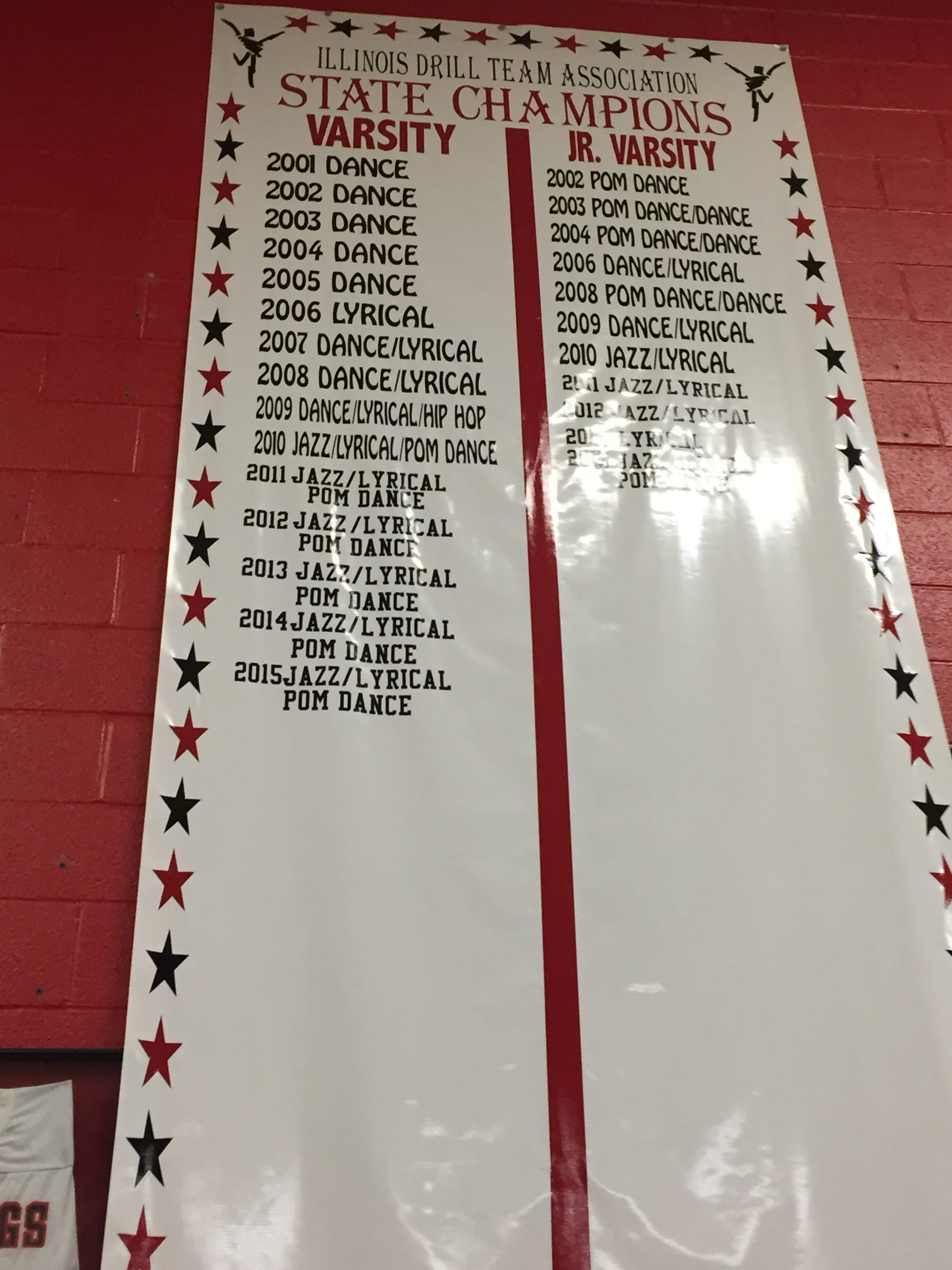 Chicago-area teams might know about Highland’s 1A dominance in IHSA dance, but they’ve got a long history of state championships in IDTA. And it’s scary that they’ve left a lot of room to keep this thing going…
Chicago-area teams might know about Highland’s 1A dominance in IHSA dance, but they’ve got a long history of state championships in IDTA. And it’s scary that they’ve left a lot of room to keep this thing going…Roadtrip!
Even though Hononegah High School (in the Rockford area) isn’t that far from home, I decided to check out the Highland competition on February 4th because for the longest time, teams from outside of Chicagoland have waited patiently for the spotlight. The crazy IHSA schedule just made it impossible to watch all those talented IDTA teams from what we Chicagoans call “downstate.”
The four hour trip really wasn’t bad. But I think that had a lot to do with how big of a Highland Dance Team fan I am! I was going to have to miss the first couple hours, but once I took a seat in Highland’s unique two-tiered gym, I knew it was worth the drive to the St. Louis suburbs.
Speaking of that, it’s hard to pin a single name on this area. Personally, I like “the Illinois side of the St. Louis metro area,” but that doesn’t roll off the tongue too well. I hear teams down there just call it “The South” or “Southern Illinois.” Wikipedia suggests “Metro East.”
What I do know for sure is that Highland, the perennial dance powerhouse, is a small town that’s a little rural but also a little suburban, on the very eastern edge of that metro area. They’re in the same conference as other big-name dance teams (Civic Memorial, Mascoutah, and Triad). And I was pretty charmed when their coach messaged me a few weeks ago, asking if I was going “up” to state.
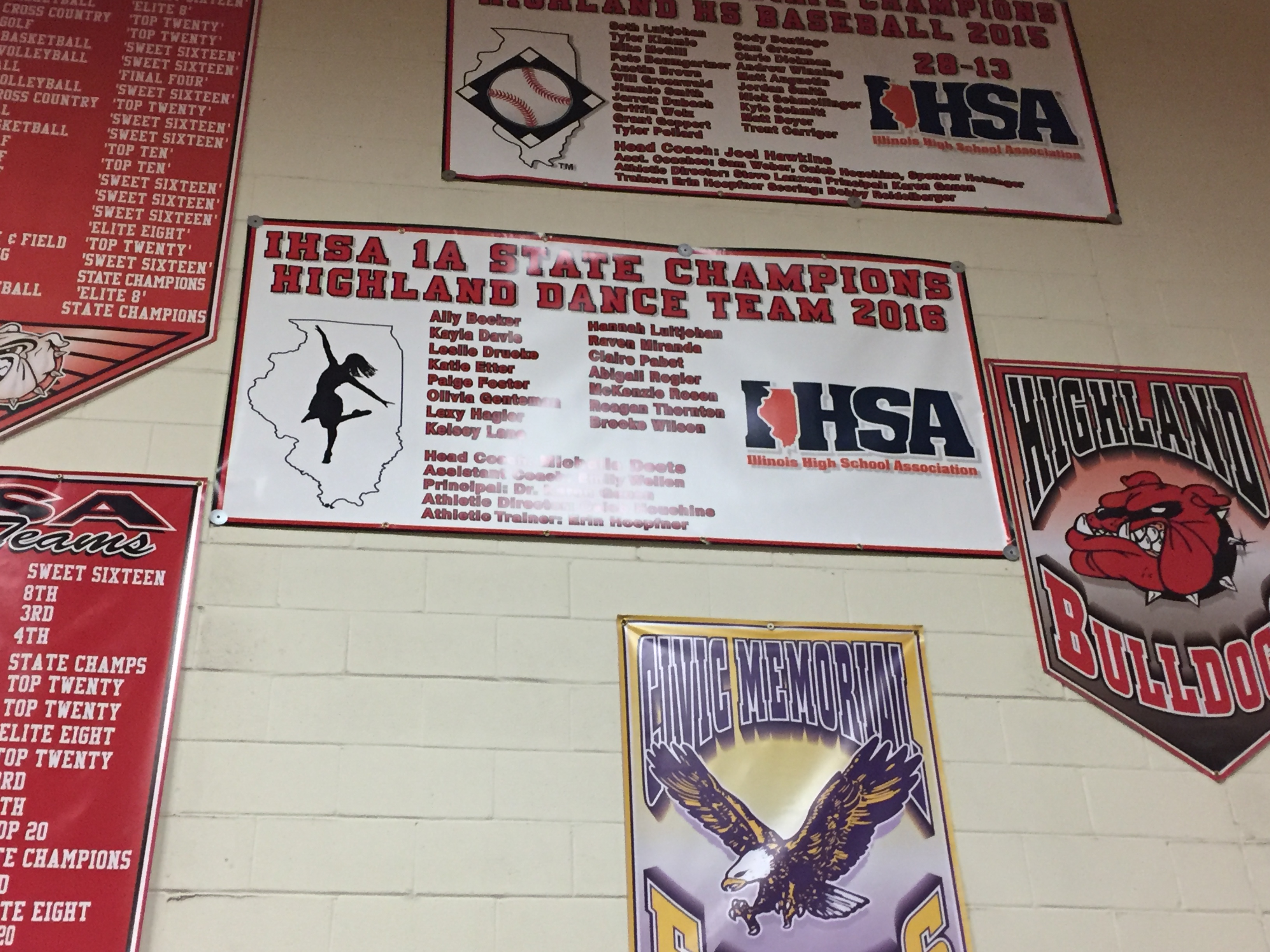 Highland’s going to have to duplicate this banner to reflect their achievement at 2017’s IHSA State
Highland’s going to have to duplicate this banner to reflect their achievement at 2017’s IHSA State Looks familiar
$5 to get in, vendors selling everything from personalized t shirts to jewelry. Parent volunteers running the food line and admissions table. All stuff that you’ve seen before.
As you can see from the schedule, the performance setup is pretty much what you’re used to–because IDTA had a 32-year head start on how to run competitions. Categories and divisions (set by school size) are grouped together and the same sets of judges handle each chunk on the schedule.
The schedule also tells you that this isn’t all about the ‘burbs (the St. Louis suburbs). Many of these teams are from towns across the southern half of the state–towns big enough to have dance studios and districts well-funded enough to field dance teams. What we Chicagoans would call “small towns” are actually some pretty significant points on the map, and dance thrives there. Places like Marion, Mattoon, DuQuoin, Pittsfield, Pinckneyville, Quincy, Villa Grove, Jacksonville, and Effingham all have long-standing dance or flag programs, and they’re all far from these St. Louis suburbs (8CA friends Illini West, from Carthage, had a grueling trip from western Illinois to get down to Highland). And they’ve almost all qualified for IHSA state since 2012.
 The lineup for last Saturday’s Highland IDTA competition
The lineup for last Saturday’s Highland IDTA competitionWait, that’s different…
It’s a throwback that even IDTA didn’t do for most of the ’90s and 2000s: soloists. IDTA currently has a soloist division where confident ladies perform with all eyes on just them. The judges sit at floor level for this one, since there’s no need to be up high in the bleachers to check formations.
Speaking of the judges, you can see from the picture that they’re not in referee black-and-white.
Feedback isn’t typed, but it’s spoken into voice recorders. Audio feedback (in the form of cassettes back in the day, and then flash drives when Team Dance Illinois started in 2007) used to be the norm. No need for a judge to look down and type. Or even to type at all. These judges speak what they see, and it’s fun to watch them gesture in quasi-ballet positions as they watch the routines and record what they think. When teams get the audio afterwards, they’ve got a direct route to what that judge was thinking at that moment, and it’s another clue that helps make sense of the scoring and what the team needs to work on for next time.
 8CA friends Marquette (from Alton) perform their kick routine. Note the judges in the bleachers recording their thoughts as audio
8CA friends Marquette (from Alton) perform their kick routine. Note the judges in the bleachers recording their thoughts as audioAwards! Scores! Are we going to state?
The tabulation process takes a little longer than IHSA comps, so there’s plenty of time for that customary pre-awards dance party. Yup, you’ll hear the same songs as you would at a Chicago-area IHSA competition. The picture-taking, the nervous parents, the dancers who don’t know whether to be tired or to join in on the “Cha Cha Slide”–it’s familiar stuff.
But then there’s this. The judges walk onto the floor as a group and the floor judge takes the mic to thank everyone: the teams, the fans, the volunteers, and her fellow judges. She introduces each by name, and they each get a pretty legit round of applause.
Top finishers in each category are announced, and captains run up to grab their trophies. Understandably, some categories are small, so sometimes there’s not a ton of drama. But what everyone wants to know is who earned a high enough score today to qualify for next week’s state contest? A lot of these dancers have already qualified during the season (via a certain score), but a few are still hoping to get in.
And they do. After the top placements in each category, the judge announces which teams in that category have hit that threshold score. Some of them have long-since qualified, so there’s some polite clapping. But for teams who put in some crazy work all winter and finally qualified today? Screams and cheers. And it sounds like a joke, but it’s true–you can’t make out a southern Illinois accent as teams express their elation at finally getting their tickets punched for IDTA state. Joy sounds sweet everywhere you go
After awards, coaches head up to the trophy table to pick up their packets…from the judges. There’s plenty of opportunity to exchange hugs and greetings, and also to ask for a little clarification on their score or comments.
 Judges deliver the results and hand out the trophies at the Highland comp
Judges deliver the results and hand out the trophies at the Highland compWe’re not done with the #statebound hashtag
The same scenes were repeated at Hononegah and Tuscola last Saturday.
And that’s how it’s done down there. Actually, how it used to be done everywhere in Illinois, including the Chicago area. These talented teams, mostly from outside the Chicago area but also a few northern teams, will battle for category championships in Springfield on Saturday, February 11th.
